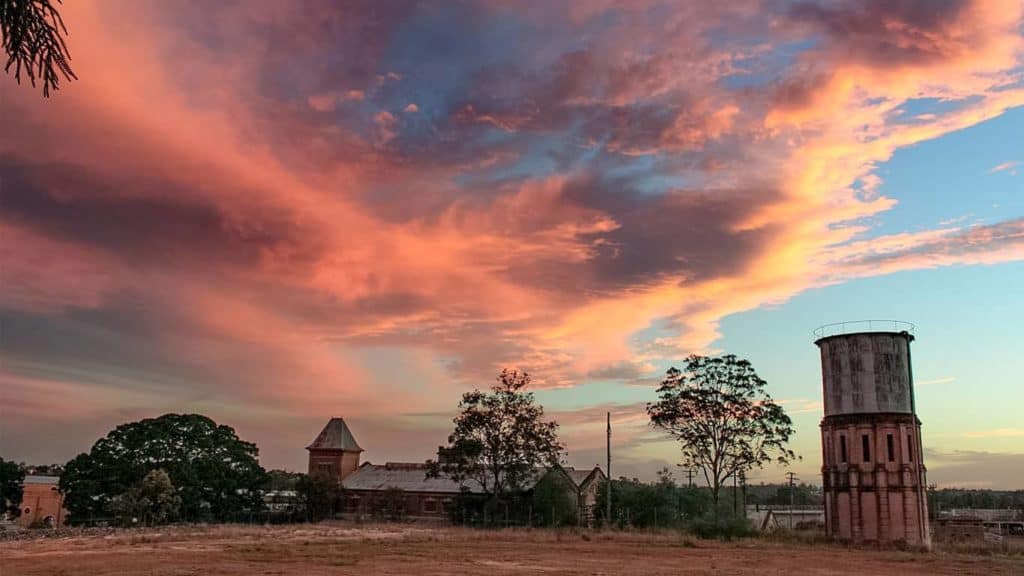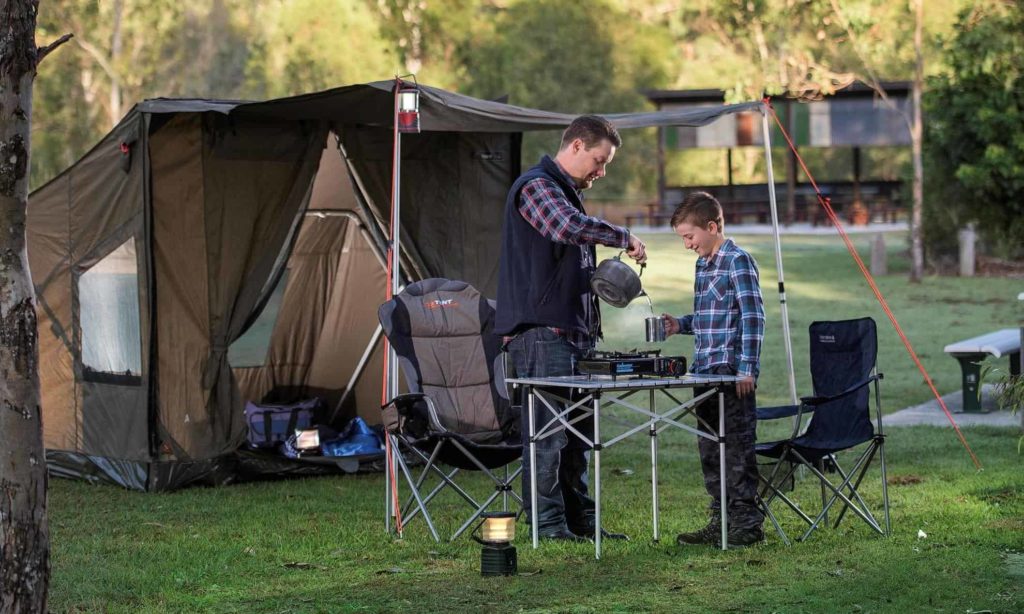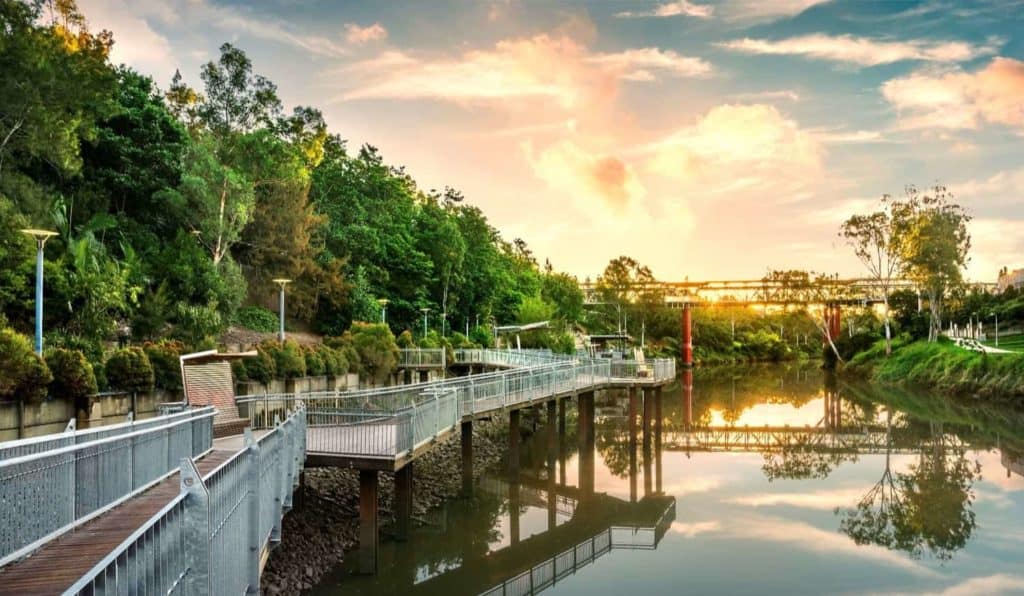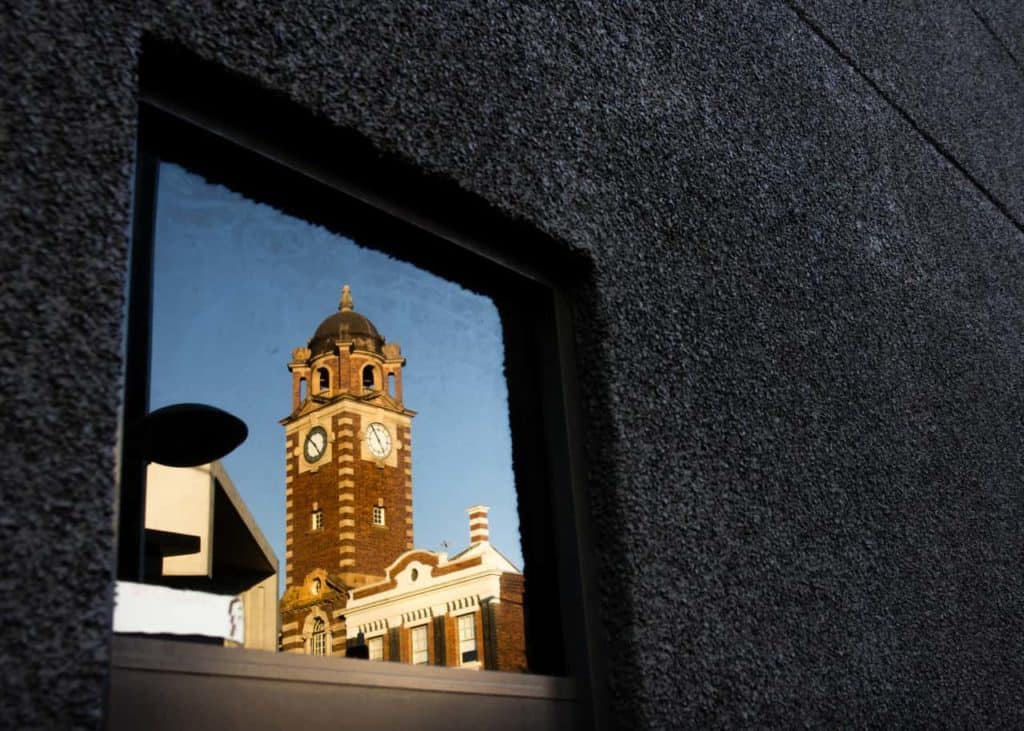Heritage & History
Ipswich – a tale of rail
Some things are just meant to go together … like bread and butter, Kath and Kym, and socks and sandals, and in the case of Ipswich, it’s rail and coal.

Both played a significant role in the early shaping of the heritage city, and reminders of their impact remain today.
A mid-century artwork by the noted sculpter Leonard Shillam, high on a wall in the Top of Town precinct, depicts a coal miner with pickaxe and a farmer with a sicle, while at the Ipswich Art Gallery eagle-eyed visitors will note a wall of coal behind glass as you enter.
Coal was the star of the show in the 1800s, with the first recorded discovery in the 1820s and the first fully fledged Queensland mine opening in the area in the 1840s. The “black diamond” quickly became keenly sought for heating homes on those famously chilly Ipswich mornings, and later for power production for the likes of Brisbane’s Princess Alexandra Hospital. Without this reliable energy source, and the rail service that transported it, surgeons back in the early 1900s would have been literally operating in the dark.
The region’s proud rail history is readily on display but you have do a little more digging to delve into the coal-mining story.
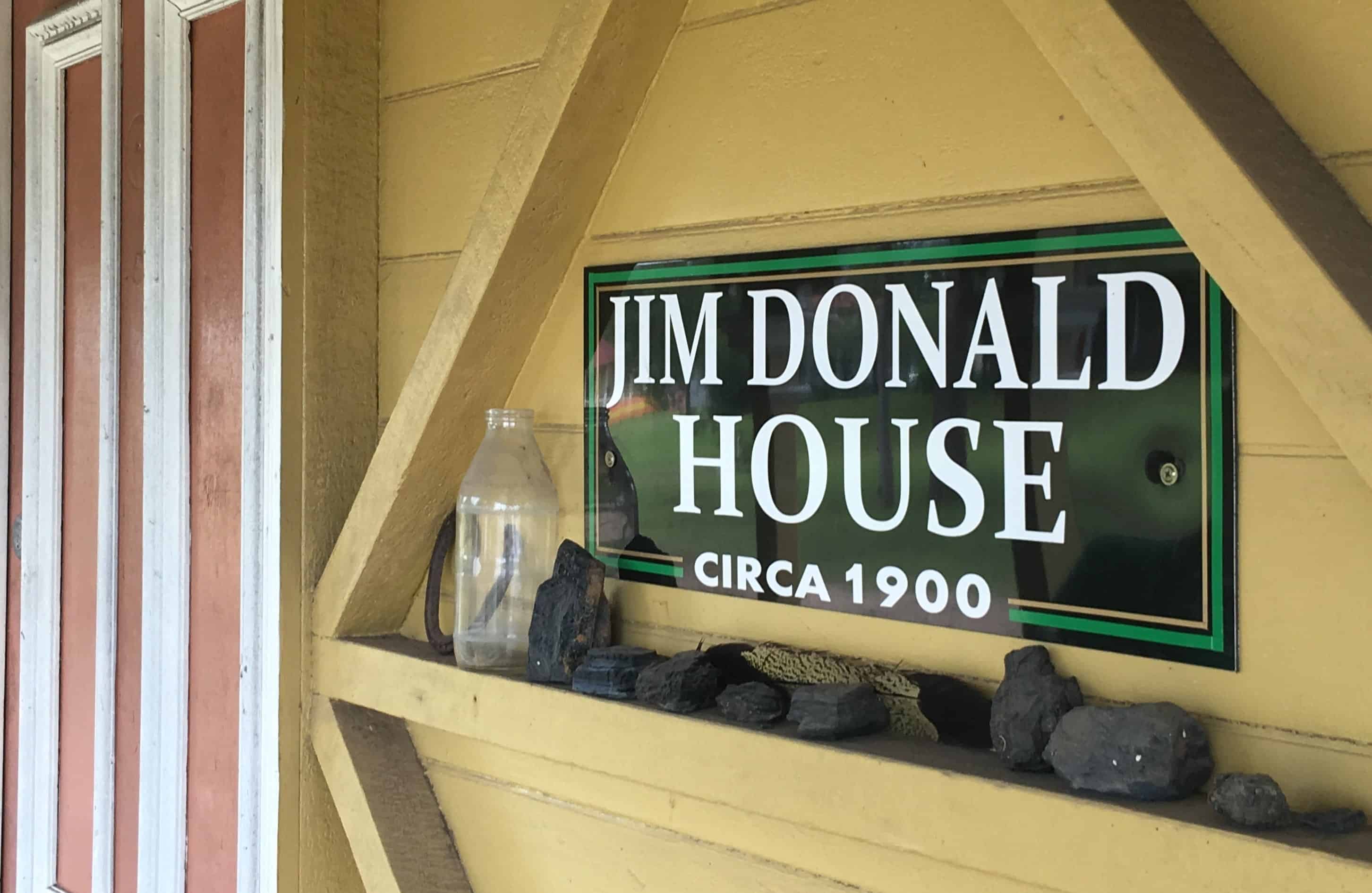
Former miners have been heavily involved in the Ipswich Historical Society’s development of the Cooneana Heritage Centre, where there’s a strong emphasis on documenting the industry’s past. An example is the front gate sign from the entrance to New Hill Colliery which closed in 1997, marking the end of nearly 150 years of underground coalmining in Ipswich.
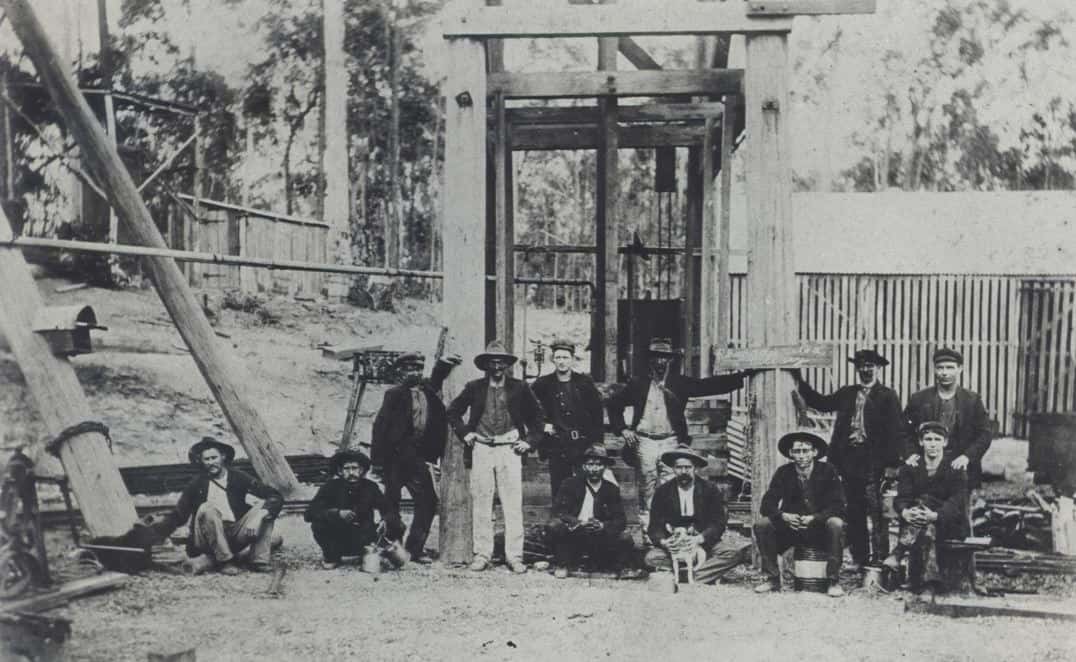
Knowing the inherent risks involved, only the brave ventured underground to put food on the table. Unfortunately, too many didn’t make it home for dinner themselves and among those honoured are the 18 miners who lost their lives in the 1972 Box Flat Mine disaster, Ipswich’s worst mining accident.
Check opening hours and admission for the centre, which includes mining displays and rescue stories, and a restored village of heritage buildings. Special events are also run here throughout the year.

Once you’re well-schooled on all things coal, make tracks for Ipswich’s crown jewel when it comes to rail history … The Workshops Rail Museum.
Like coal, rail has a long and colourful story to tell and the museum tells it beautifully. The first track in Queensland was opened in 1865 and ran for 34 kilometres west of Ipswich to Grandchester, and the Ipswich Railway Workshops began operating from the current museum site in the 1880s.
For decades, blacksmiths combined with carpenters, painters, metalworkers and other craftsmen to build and repair locomotives and carriages. During its peak in WWII, more than 3000 worked here, making the workshops Queensland’s largest employer at that time. In its time, more than 200 steam locomotives were built here.
The current museum opened in 2002 to showcase the long history of rail – and the workshops continue to be the oldest continually operating railway workshops in Australia.
Several walls are lined with parts of deconstructed trains which remind me of the last time I put together an IKEA challenge. I wonder if the train builders also get to the end of the job, only to find a couple of parts left over with no real idea where they’re meant to go.

The best way to get a real feel for the workshops – both their current operations and those from their glory years – is to take a guided tour with one of the volunteers.
At the tour starting point there’s a majestic reminder of the proud past in the form of a Garrett steam traction engine. It began service in Queensland in 1914 after being built and transported from England and had a long and distinguished life as a working engine. After three years of restoration work, it was returned to its former glory in the 1980s and now stands as an enduring reminder of days gone by.

As you tour the museum you learn about the colourful characters associated with the past. Like boilermaker Col Bannerman, who joined as an apprentice in 1946.
Only the physically strong survived the tests of the boiler shop, with initial 10-minute “rest pauses” having to be spent standing up. Col and his mates didn’t take this sitting down … well they did actually, defying the edict and making the most of their short rests from working in the confined areas inside boilers.
Then there was fellow boilermaker Grahame Stokes, who remembered the workshops as a dirty, hot and hard place to work.
And Vic Stringer, a big strapping lad from Maleny who was immediately earmarked for the physically testing boilermaker work, and told it as it was: “You wouldn’t believe the noise,” he said. Vic and his mates put bits of cotton waste in their ears to dampen the sound of the pounding hammers but were less inclined to use the goggles provided to protect their eyesight. “Goggles were for sissies,” according to Vic.
As well as getting a feel for the arduous toil associated with the workshops, you get to marvel at several glorious examples of beautifully restored steam trains, including engine 1089 which had the distinction of being the last steam locomotive to enter active service on a mainline railway in Australia.
These days, on the first Sunday of every month, old 1089 takes enthralled ticket-holders on a round trip from the Roma Street Station in Brisbane, giving them a taste of train travel from a half century ago.

As you learn about the ins and outs of rail over the years, interesting stats abound. One that stands out is the workload of the fireman, who shovelled about eight tonnes of coal in a single shift. Not only that, but they had to ensure there was enough water in the boiler, and that the steam gauge was reading what it should. Talk about multi-tasking under pressure.
My back aches and arms throb just thinking about all that shovelling. They built them tough in those days.
And as with today, when it comes to powering your transport there were downsides to using the cheaper option. While we stand at the bowser juggling the merits of 91 or 98 octane for our prized chariots, back then the quality of the coal dictated how long a load would propel a steam engine. If you took the cheap option and got your sums wrong, you would literally run out of steam somewhere along the track to Toowoomba and have to wait for a friendly train coming in the opposite direction with an inclination to be caring and sharing.
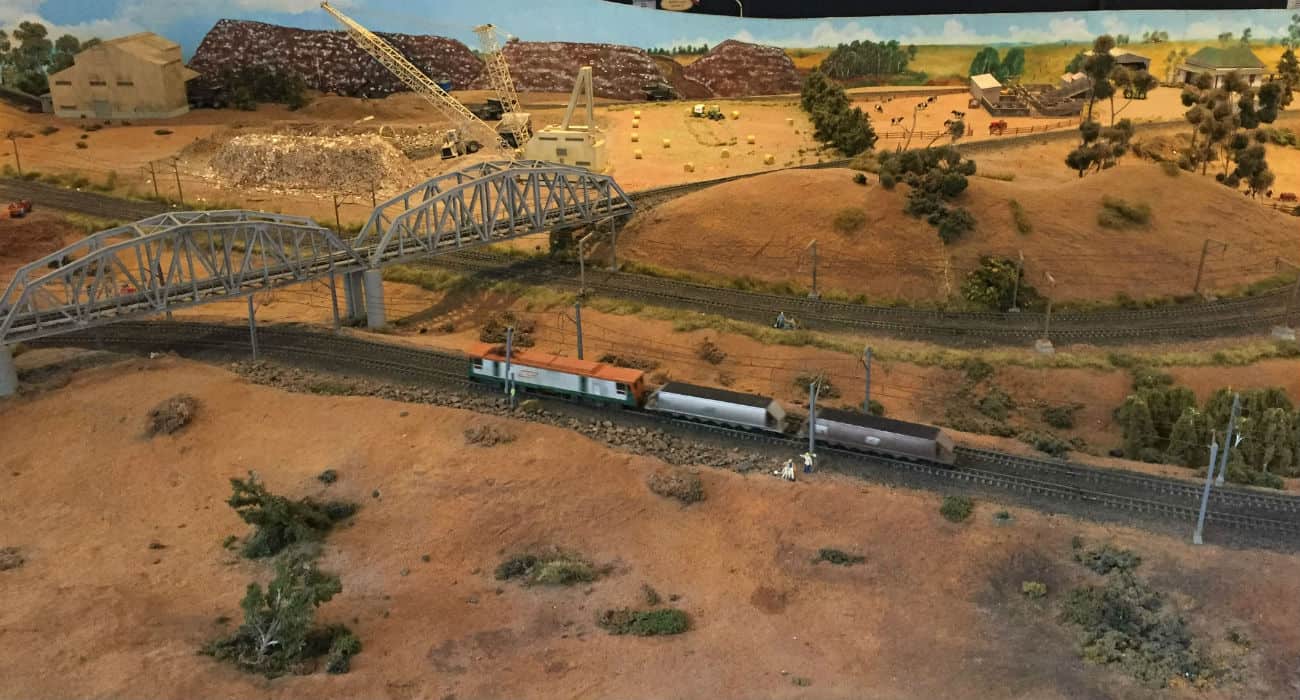
The workshops make a special effort to keep young visitors entertained, with a special Nippers Railway area where they can enjoy endless hands-on train action. There’s also Queensland’s largest model railway track, which includes in its 90sqm a tribute to Central Queensland’s coalfields and diesel coal trains.
Regular special exhibitions and events dot the workshops calendar, and check the website for details on Thomas the Tank Engine’s next appearance.
To further immerse yourself in the story of rail in Ipswich, check out the services run by the Queensland Pioneer Steam Railway.

